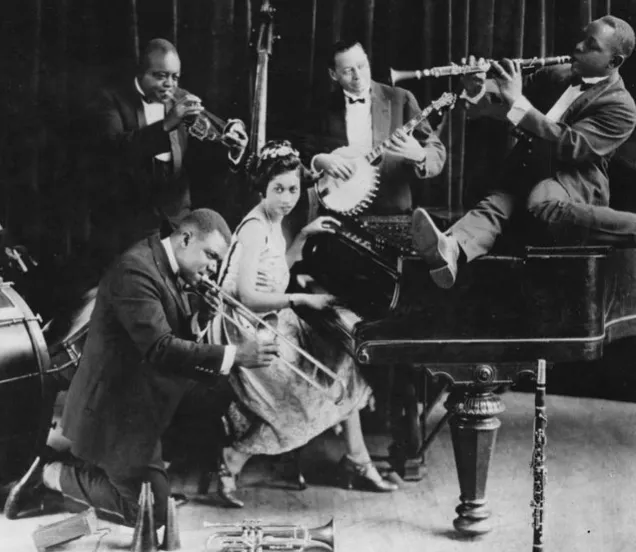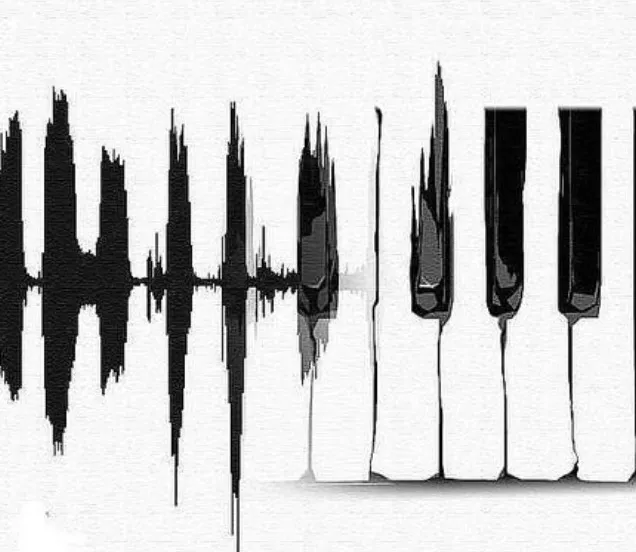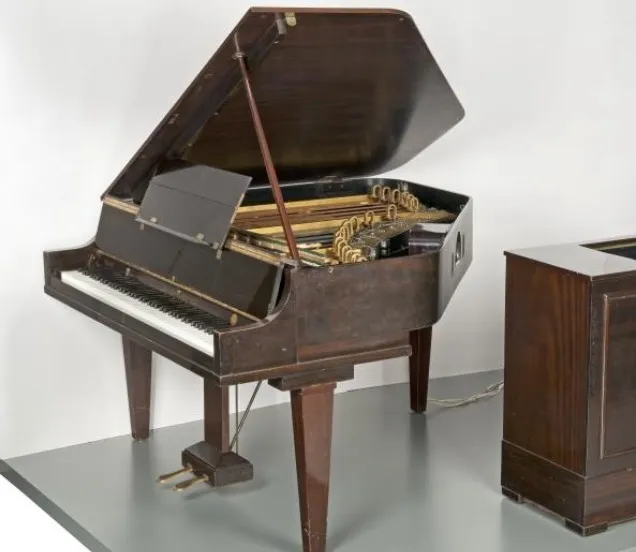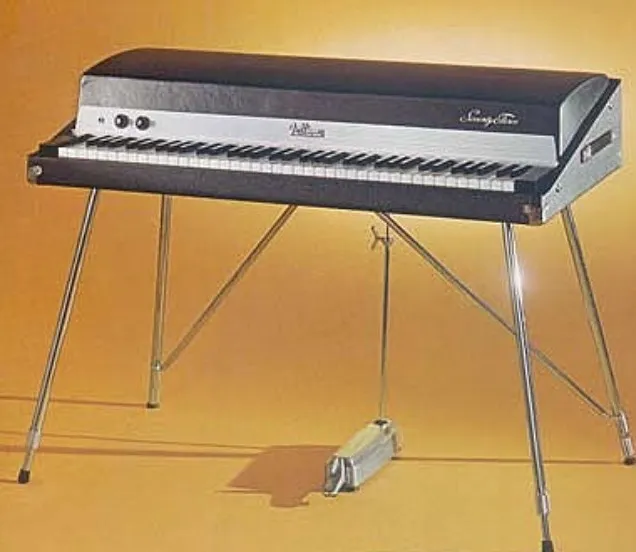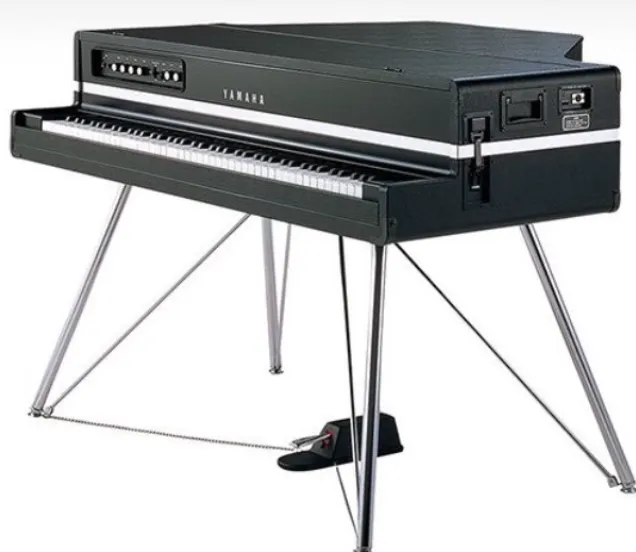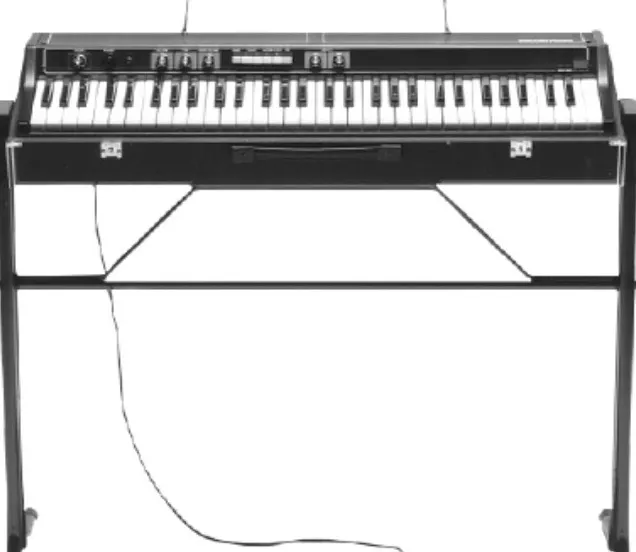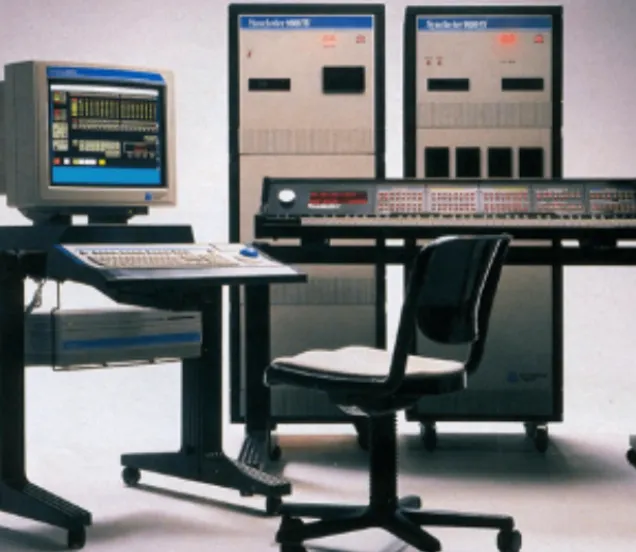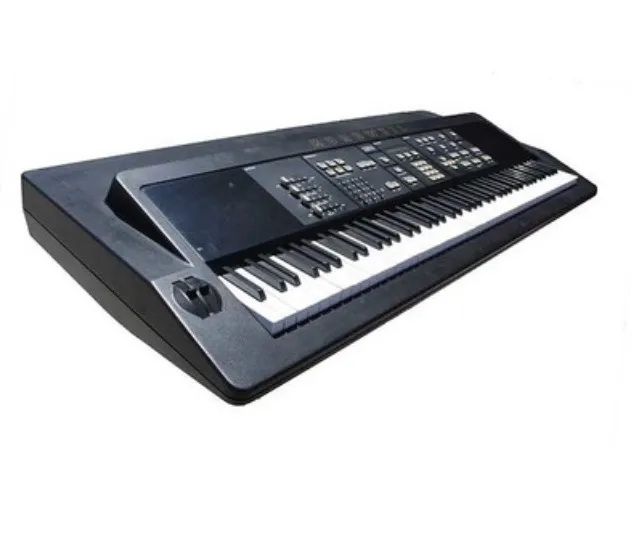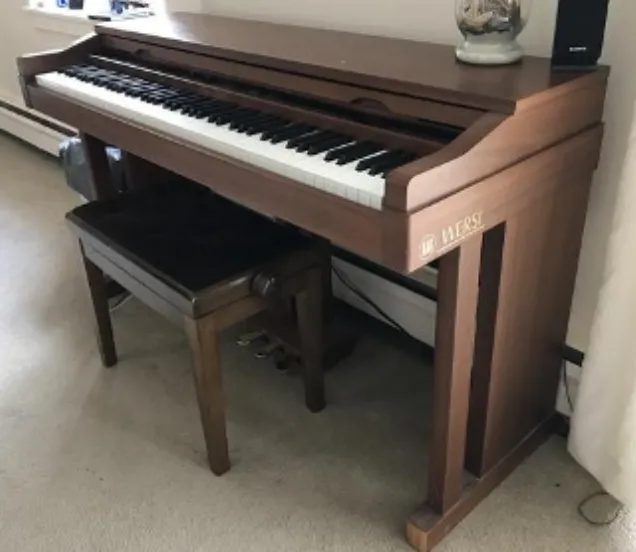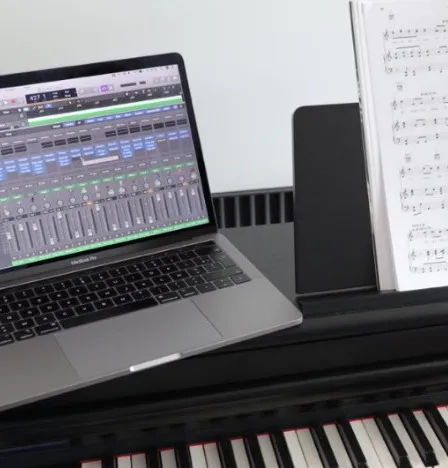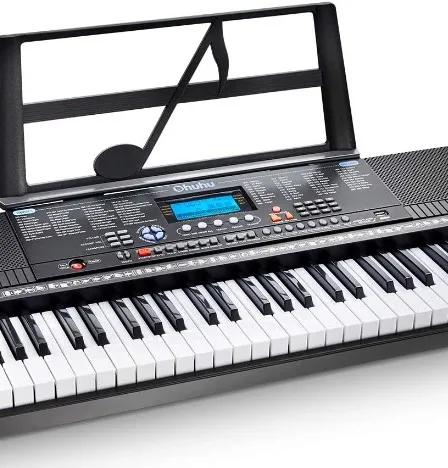Today, the digital piano is a good complement or alternative to the acoustic piano. But this has certainly not always been the case. How did the digital piano emerge and evolve?
Two aspects of the piano have been instrumental in the birth and evolution of an electric and later digital equivalent: First, the piano is indispensable wherever musical entertainment is required, but is little or no portable. The piano is both a solo instrument, an accompanying instrument and an orchestral instrument. It is an instrument for classical music, but also for jazz, pop, Singer-Songwriter. But... The instrument does not come with the pianist, the pianist comes to the instrument. The pianist sometimes ended up with a well-maintained and tuned instrument, but just as often with an out-of-tune and badly maintained antique instrument. This made all these entertainment pianists yearn for a mobile instrument of their own.


